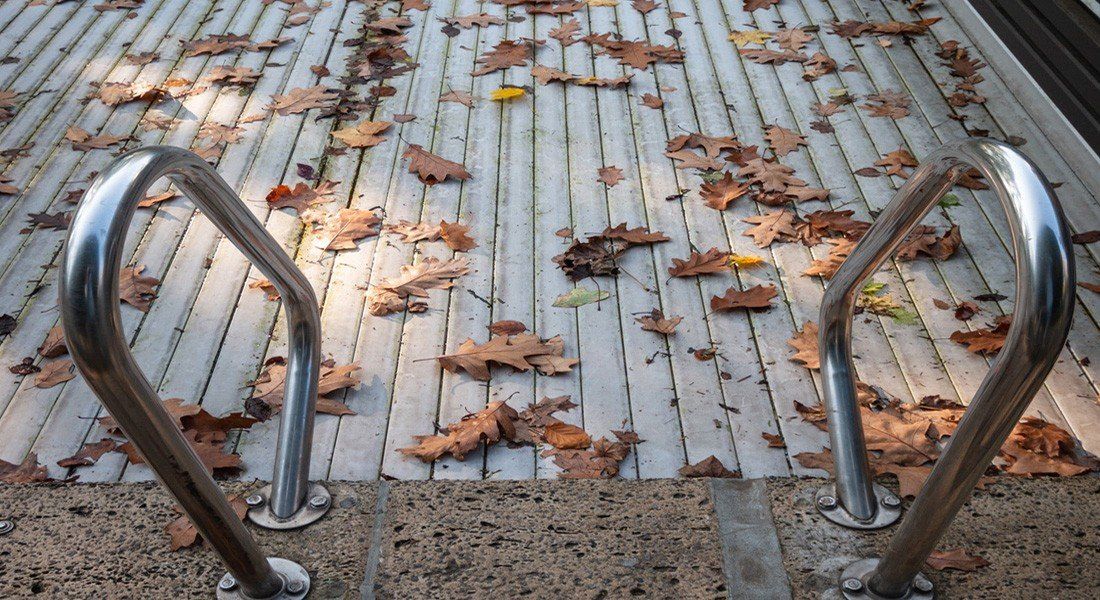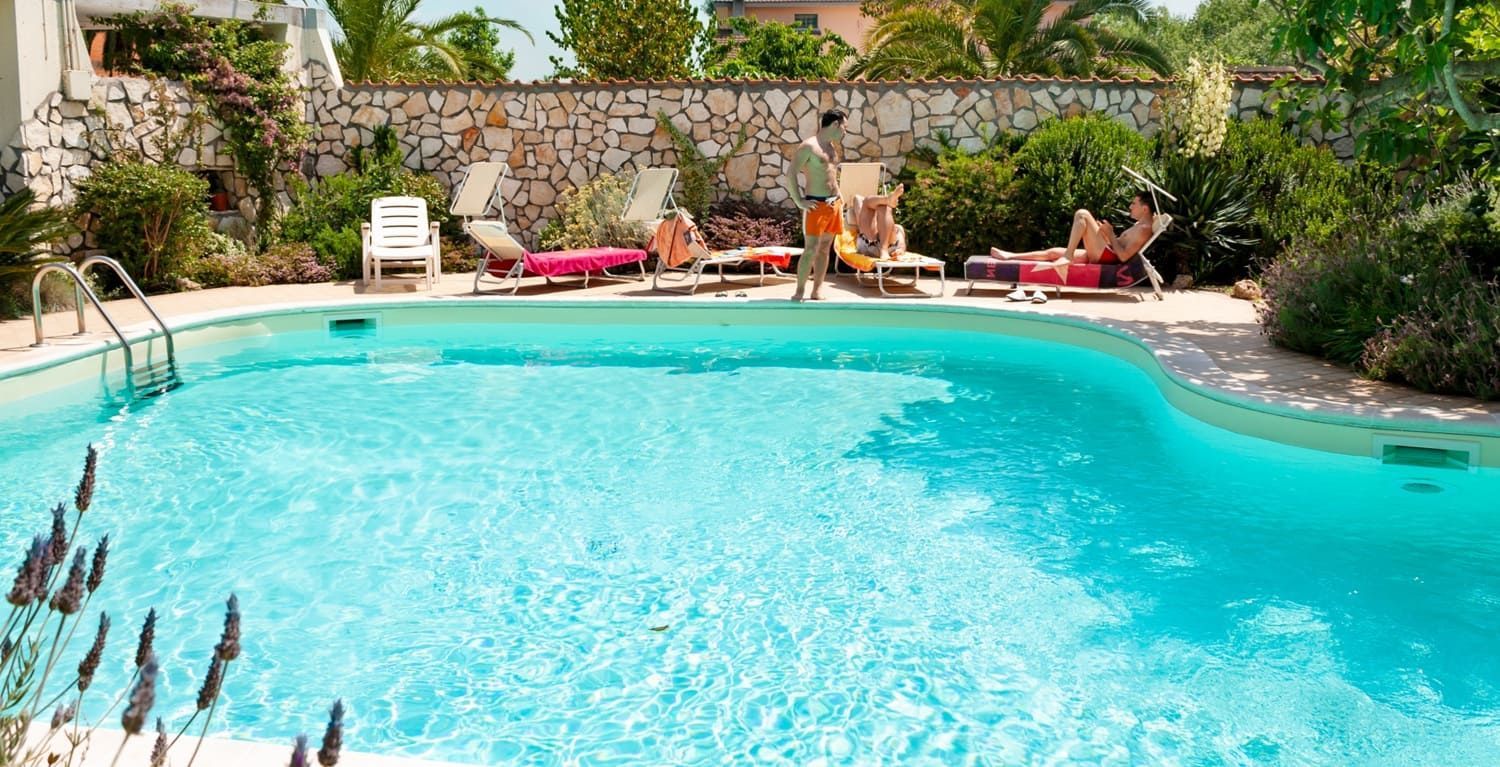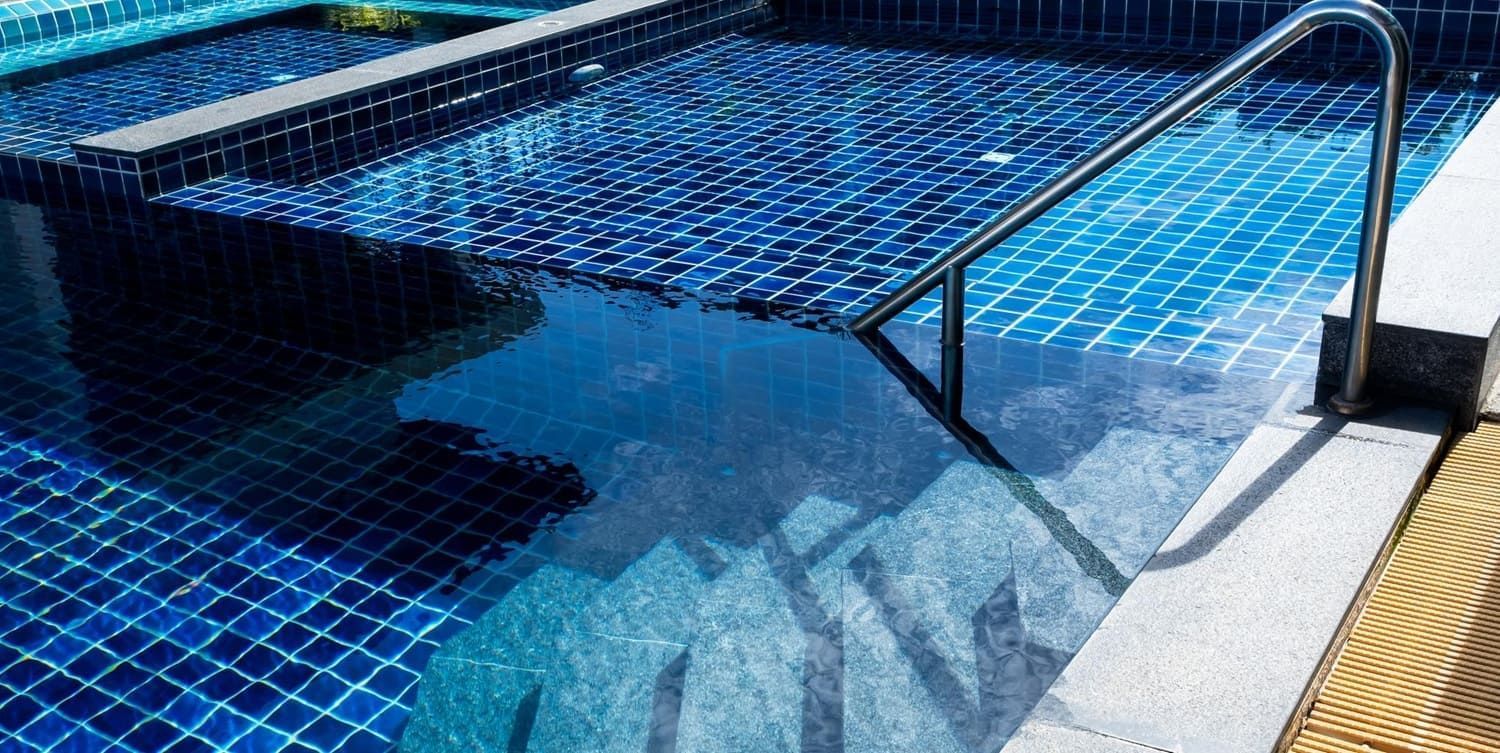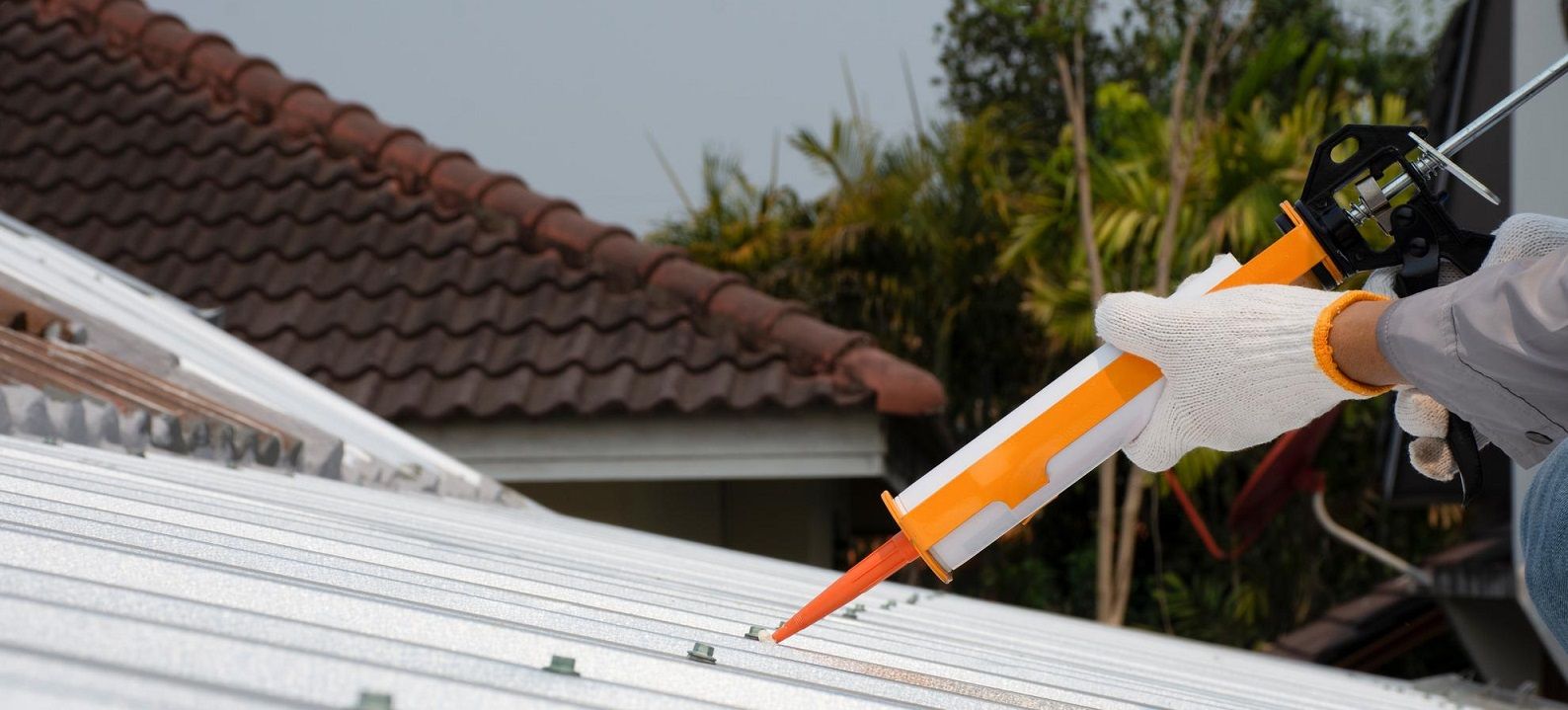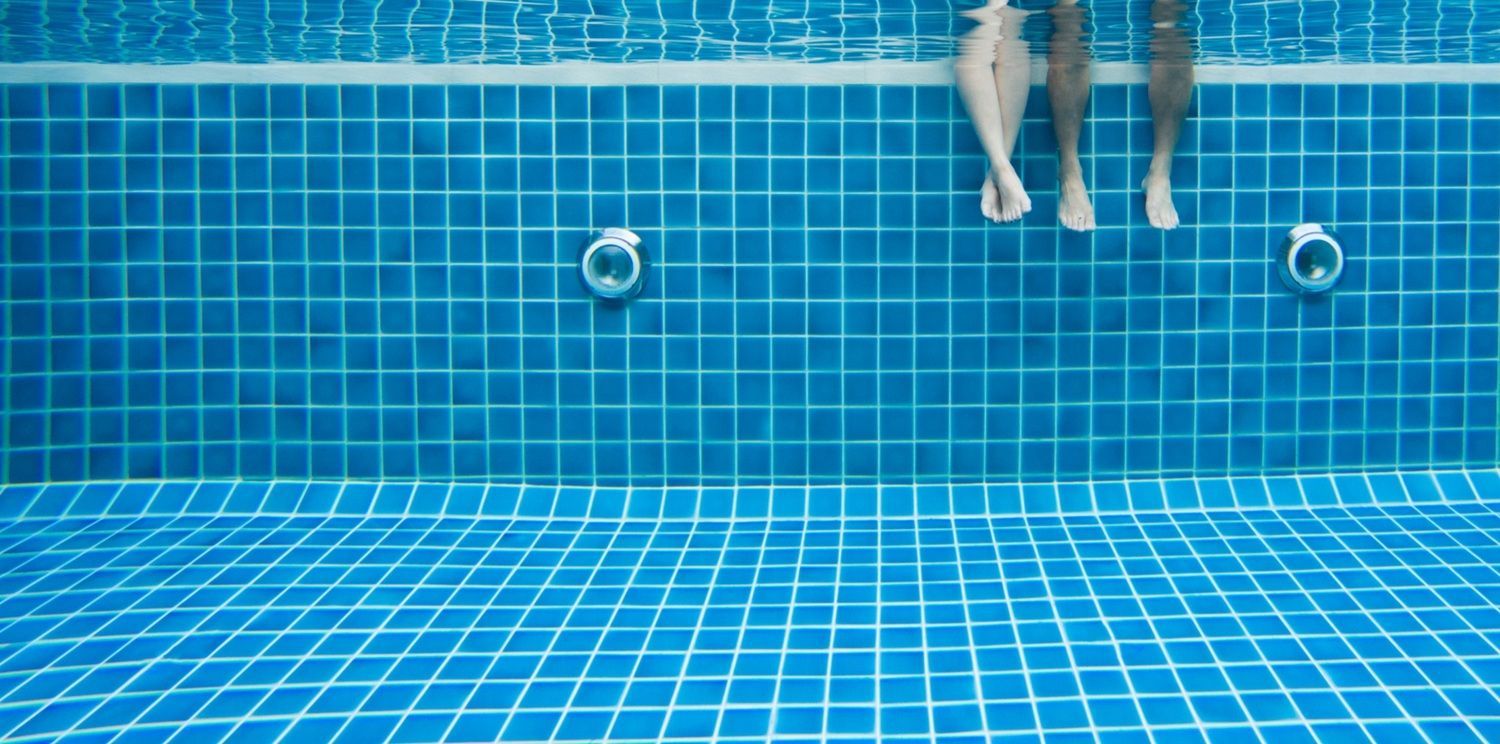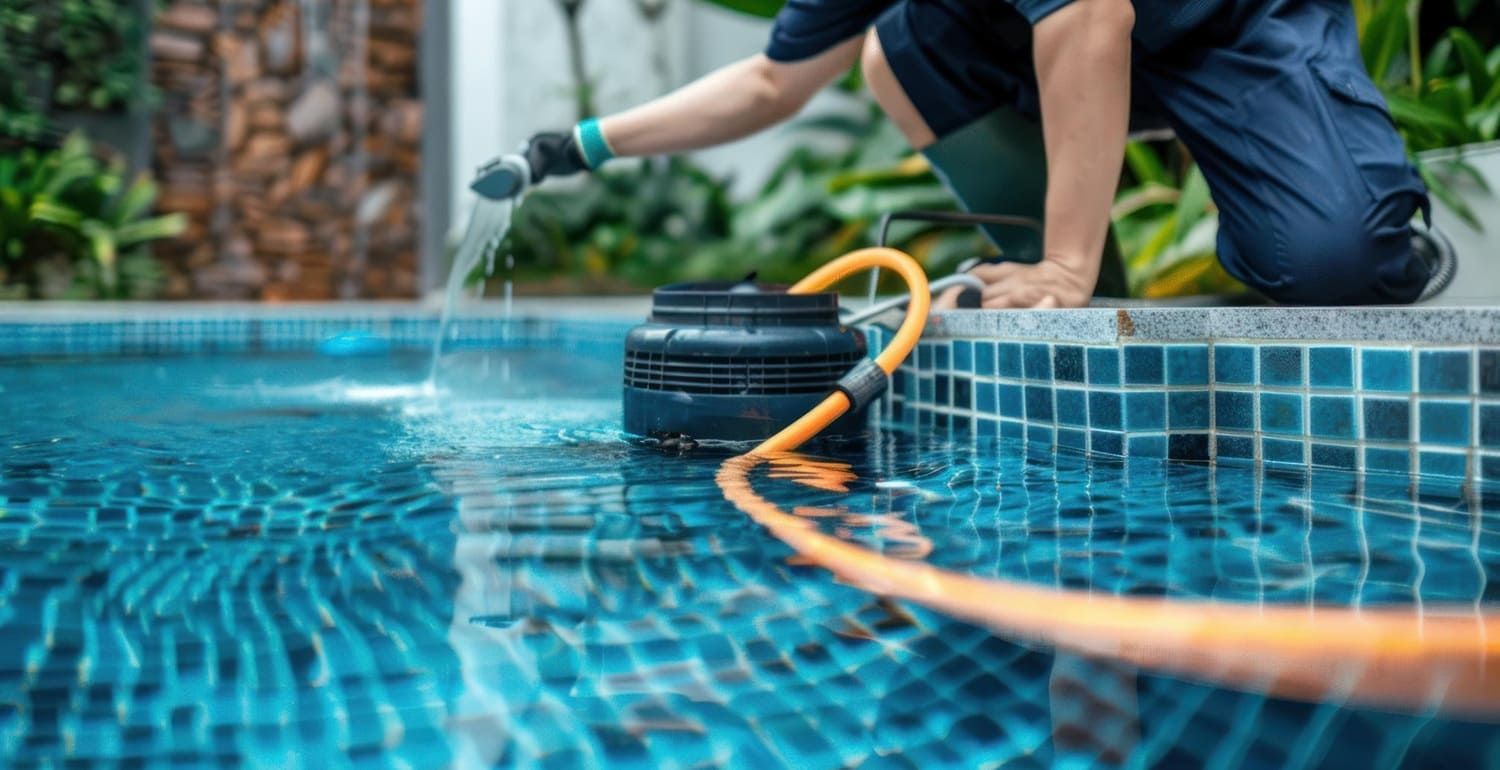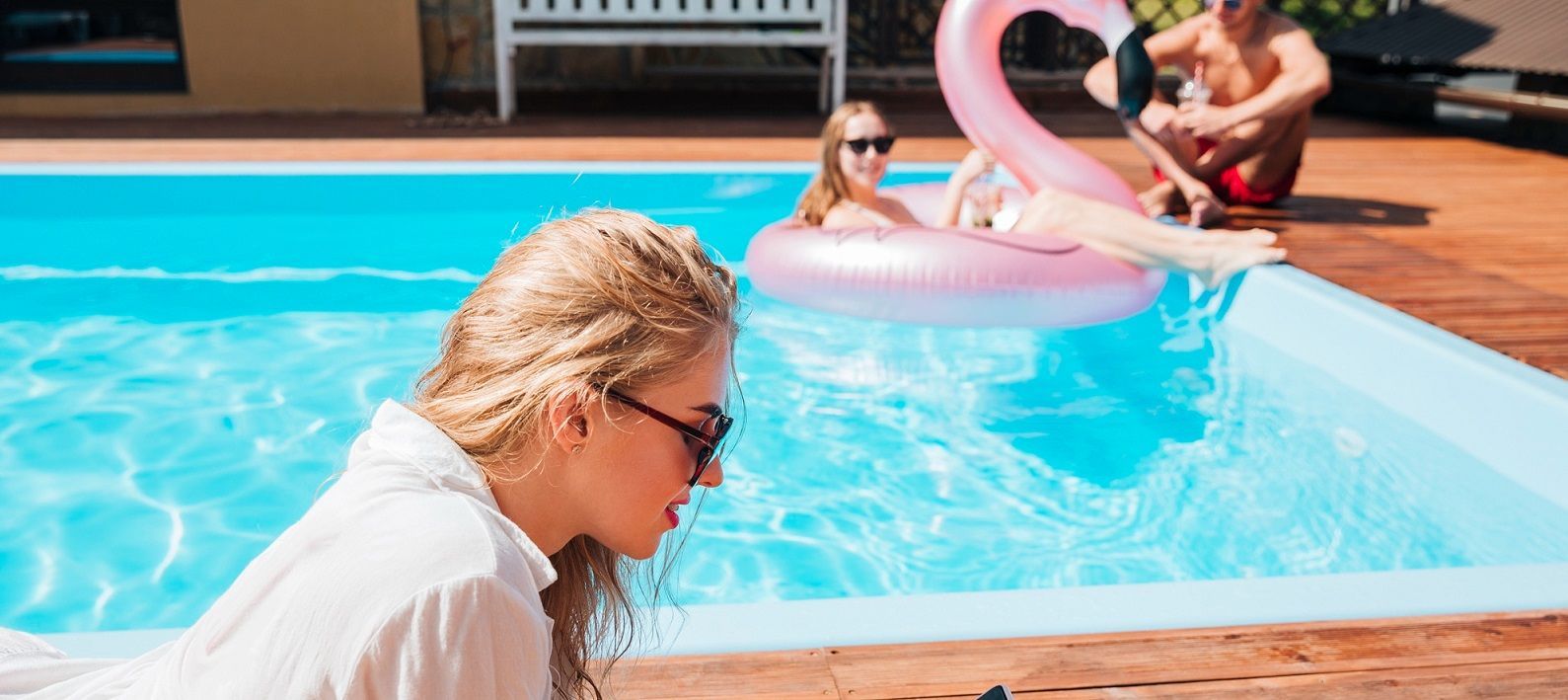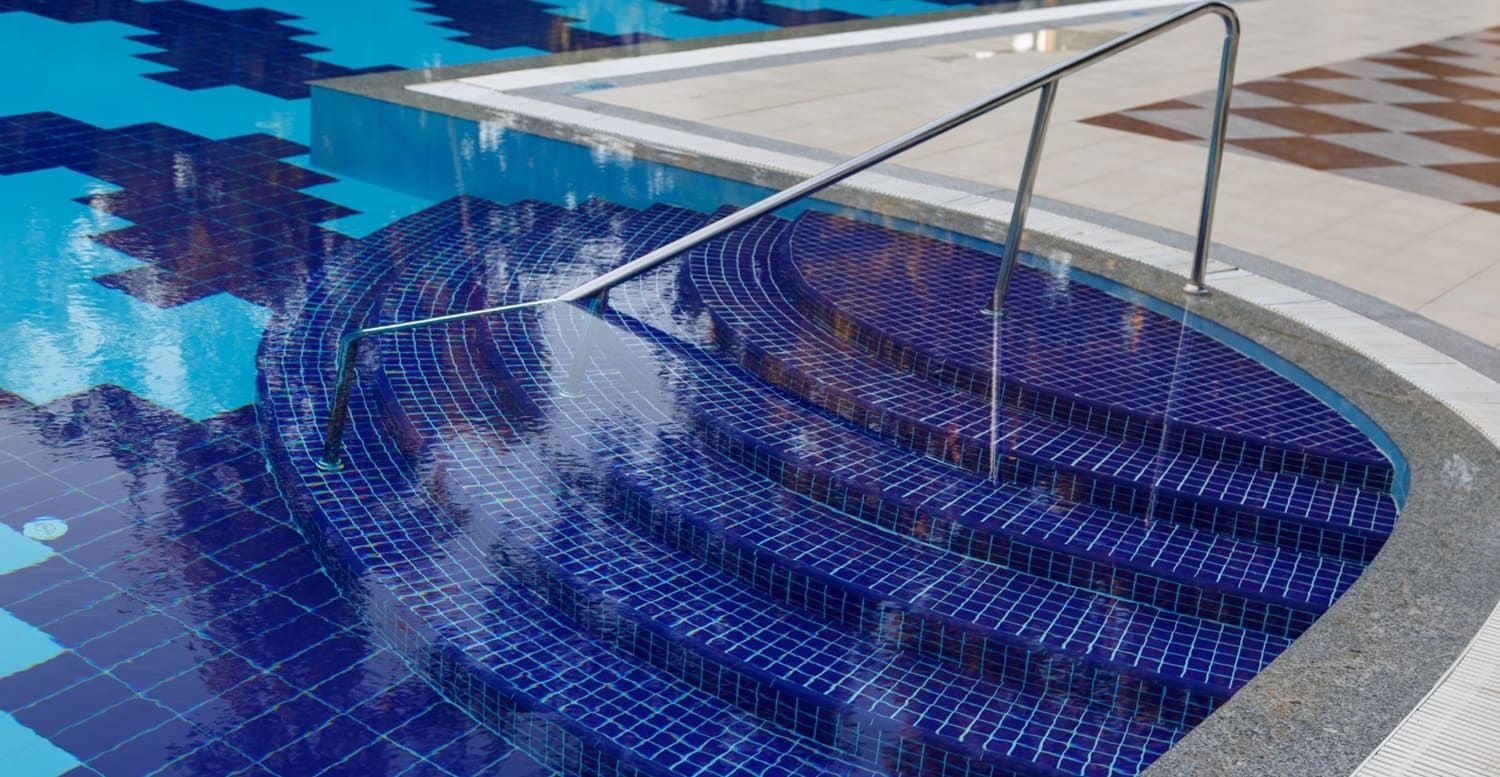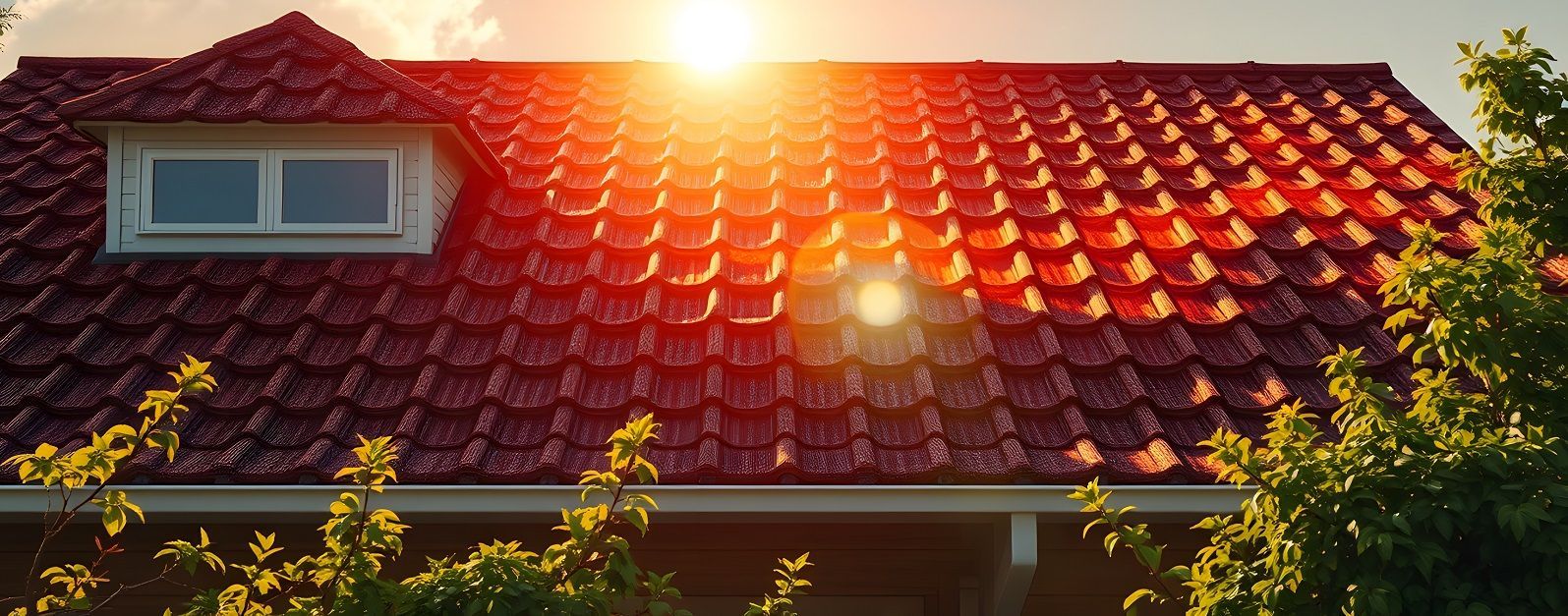The Arizona Homeowner's Guide to How to Winterize a Pool
Even though we won't see as much winter weather as our friends up North, Arizona homeowners still need to know how to winterize a pool. Here are some tips.
Even though we won't see as much winter weather as our friends up North, Arizona homeowners still need to know how to winterize a pool. Here are some tips.
In the 1970s in a remote shelter, a thermometer read a record-breaking 40 degrees below zero temperature in the state of Arizona.
That may not be an everyday case, and if you're new to the state, rest assured that the winters here aren't often that dire. But the point remains that Arizona is no stranger to cold winters.
Especially if you're moving up here from somewhere closer to the equator, you may be caught off guard by some winter temps. If you're wondering how to winterize a pool in the (sometimes) surprisingly chilly portions of our seasons, we've got some special tips for you!
The Importance of Winterizing a Pool
If you're an Arizona homeowner, as well as a proud swimming pool owner, you surely know the importance of upkeep. Between water quality, cleaning, and beyond, critical pool maintenance is a must for anyone looking to maintain their investment.
One big part of that maintenance catch-all is knowing how to winterize a pool.
You may be asking yourself, "Do I even need to winterize my pool in the first place?" This is a good question, and it really varies on a case-by-case basis.
Some winters may be milder than others and you may opt to have your beautiful pool open year round. It isn't entirely unheard of and can be doable in certain winter conditions. But beware, this can be a difficult and sometimes inadvisable route.
While routine pool maintenance is important to stay on top of, it's even more important (and difficult) in the colder months. pH levels rise quickly in cold weather, requiring treatment more often.
On another note, freezing water in a pool means that the volume of the water will expand. This can damage vinyl liners, concrete, or other surfaces used in your in-ground or above-ground swimming pool. Not to mention chemical imbalances and bacteria or other harmful substances built up in the pool can be frozen in place.
This means that come springtime, you'll be greeted to a poorly maintained pool.
All in all, regular pool maintenance and upkeep would be required in winter months and very few people probably want to embrace near-freezing waters. That's why pool winterization can be so important to understand.
When to Winterize a Swimming Pool
Knowing when to winterize the pool is just as important as knowing how.
Too soon and you're out of a pool for longer than necessary. Too late and you might find it to be a very cold and unpleasant experience.
Generally speaking, you want to start taking these steps about a week before you plan to officially close your pool down for business. And that should probably be around late December or early January. That timeframe is about when Arizona starts to creep into its coldest winter temperatures.
Therefore, once Christmas starts getting closer, time to make preparations!
How to Winterize a Pool: Actionable Steps
So, if you've decided to close your pool down for the next Arizona winter, then we've got you covered. Here are some helpful tips for you to follow.
#1. Test Chemical Levels
First up: get your pool chemistry in order. Just as you would nearly every week or two in the summer months, you'll want to use a kit to test the pH levels.
A good pH balance should always fall between about 7.4 and 7.6. Alkalinity should be around 80 parts per million (ppm) and 120 ppm. Finally, chlorine should be about 2 ppm or 3 ppm and calcium should be 175 ppm to 225 ppm.
Make sure your chemicals are balanced properly, and if not take the necessary steps to get everything in order.
#2. Clean Pool (Thoroughly)
Again, just as you'd do every week or two in the warmer months, it's time to get cleaning. Clearly, this is everyone's favorite part.
But it's especially important when you're winterizing your pool. Think about it: you're not going to be touching this pool for months.
You're going to want it in tip-top shape for as long as you can manage. Plus, it's always nice to be greeted in the spring with a fresh and clean pool.
So, be sure to:
- Use a pool brush to scrub down vinyl, concrete, and other forms of liners and surfaces.
- Use a vacuum thoroughly on all surfaces.
- Skim the pool.
#3. Lower the Water Level
After finding the right chemical balance and a thorough cleaning, you want to reduce the water level. You can drain your pool using a siphon pump, and you'll want to reduce the overall water level to about six inches or so below your skimmers.
#4. Purge Plumbing Lines
For this one, you may want to contact your pool service provider if you have one.
In the dead of winter, pipes can freeze up and expand. It's a good idea to use something like a shop vac and blow out (or purge) the plumbing lines to your pool. Use antifreeze if you'd like and add a stopper.
#5. Clean the Pump and Skimmer
Turn off your pool cleaner pump and disconnect all hoses to the skimmer, heater, chlorinator, etc. Use a hose to clean the pump thoroughly and allow it to air dry.
Remove the lid from the skimmer, empty it out and replace basket. You'll also want to clean and store all hoses, connectors, etc. from these parts and store them in a separate winter basket.
#6. Clean and Store All Accessories
Take an inventory of all accessories and fittings:
- Ladders
- Diving boards
- Steps
- Floats
- Toys
- Decorations
- etc.
#7. Treat Your Deck
We've been talking about the pool so much that you might start to forget about your deck. In a way, it's an integral part of your overall pool and you should be concerned for its well being during the winter months as well.
Using sealants and non-slip treatments, you can help maintain the integrity of your deck come springtime.
#8. Cover Pool
One of the last (and probably most obvious steps) in winterizing your pool is to cover the pool. Using a winter or safety cover, simply spread it across the entire water's surface area and secure it in place.
It's still a good idea to watch over your covered pool during the winter months. If too much moisture builds up on the surface of the cover, you may want to occasionally consider using a siphon pump to drain it.
Embracing Winterization of Your Pool
In the warmer seasons, you constantly want to upkeep and maintain your pool. It's an important investment and plenty of fun for the whole family. Plus, there's nothing sadder than a poorly managed pool.
Part of that upkeep means knowing how to winterize a pool, though. And if you're an Arizona homeowner, you may be surprised to know how cold it can sometimes get in the winter months.
By following these simple steps, your pool will be ready for action when the sun starts to shine again. If you're a new pool owner, feel free to check out how to combat 10 common pool problems to keep your pool fresh and ready to go!







